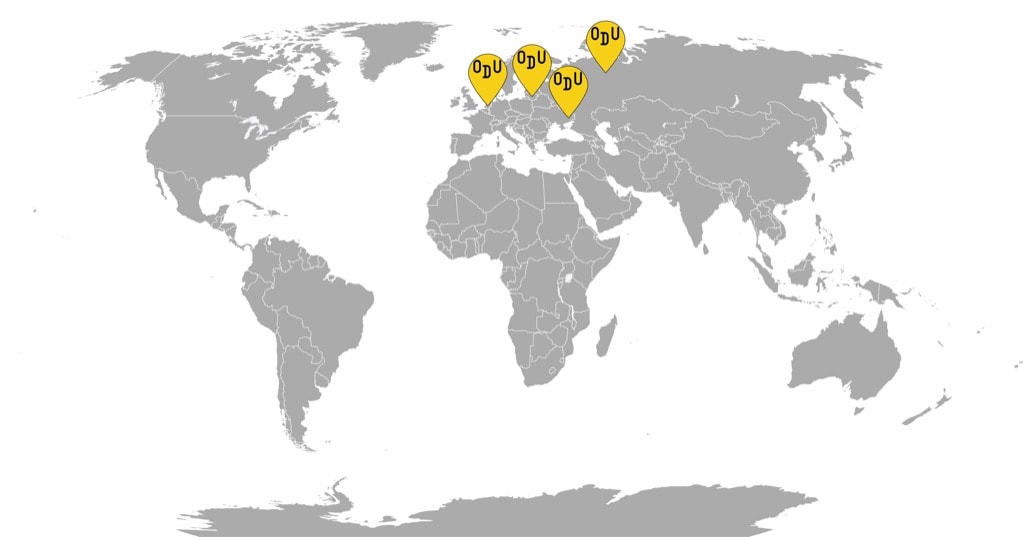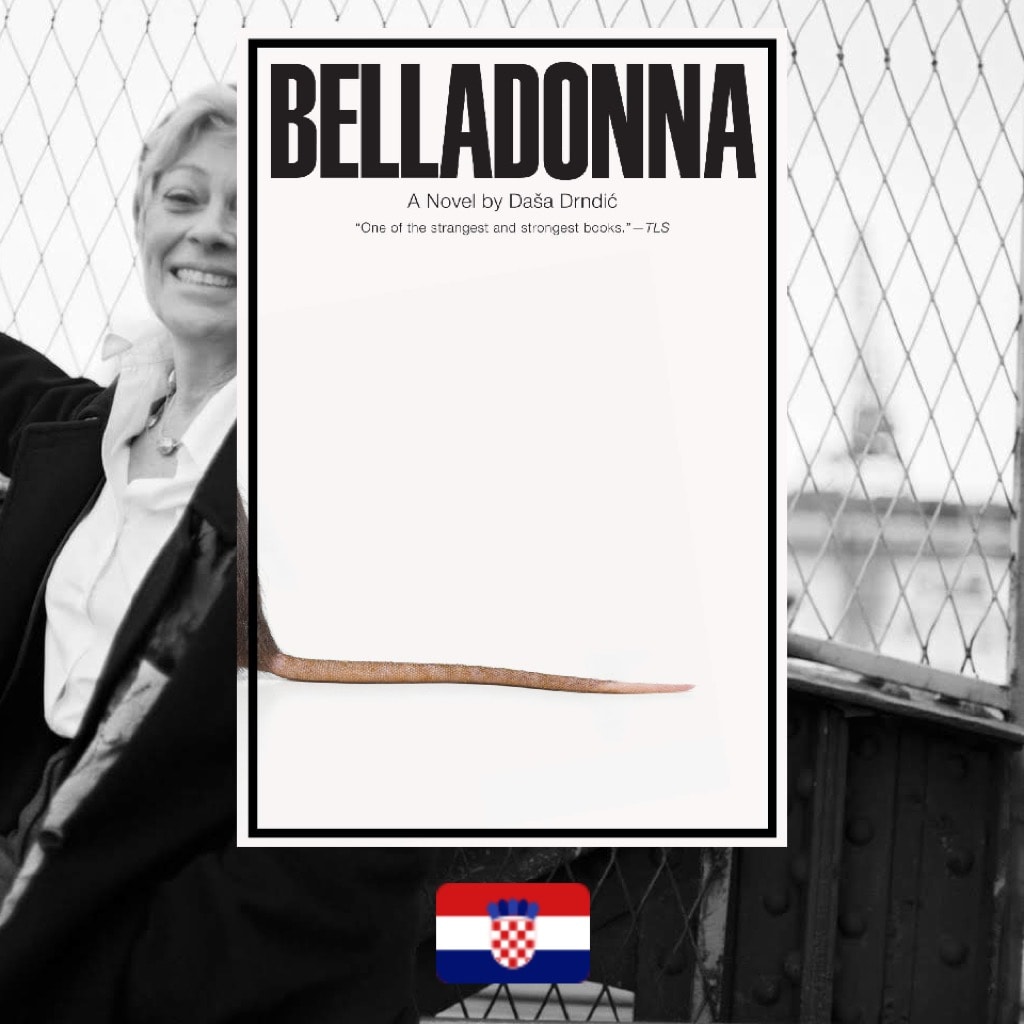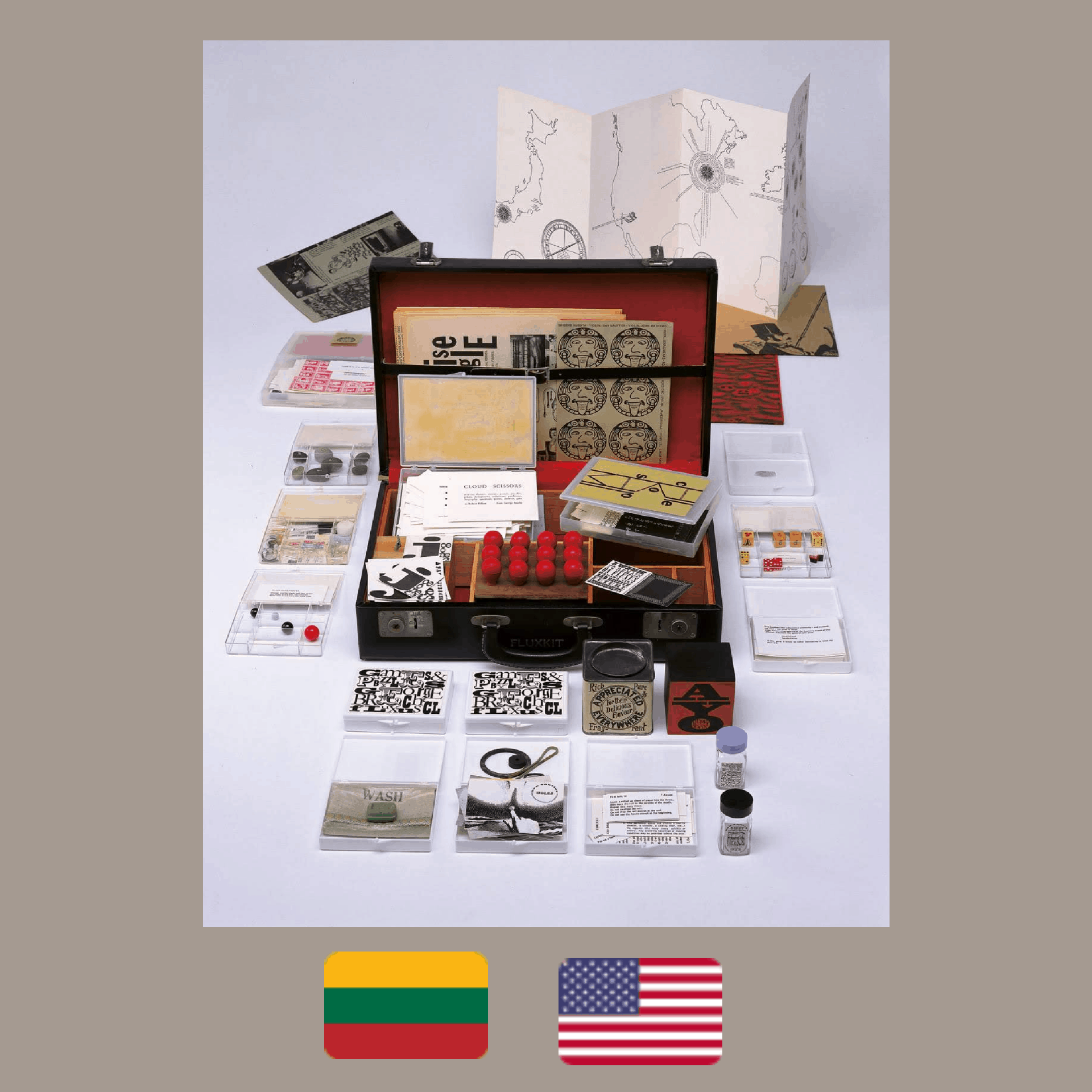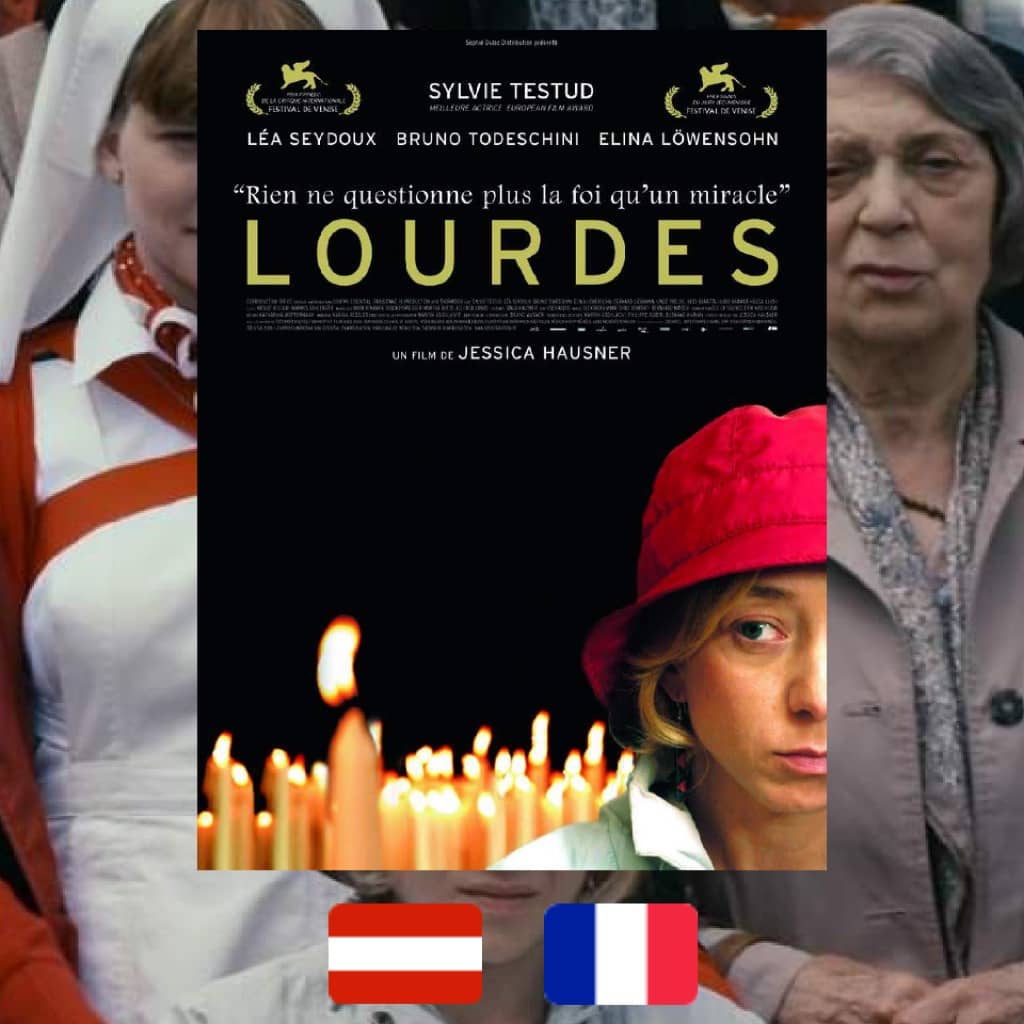An immersive experience of Joseph Stalin’s 1953 funeral proceedings carefully constructed from archival footage that gives a rare glimpse into the psyche of the massively oppressed



FROM RUSSIA, LITHUANIA, NETHERLANDS and UKRAINE
WHAT IT’S ABOUT: In 1953, the Soviet dictator Joseph Stalin died, and the whole country was mourning. Public grief ceremonies were held at factories, organizations, and institutions, while the body of the supreme leader lay in repose in Moscow for the locals and visitors to pay their respects. Sobbing, despair, trite speeches about “the death of our best friend comrade Stalin” were omnipresent. Sergei Loznitsa’s film is an accurate chronological recreation of the events. It uses footage from the Moscow proceedings, along with the video of the mourning elsewhere in the Soviet empire, from the far north indigenous regions to Central Asian republics.
WHO MADE IT: Sergei Loznitsa is a Ukrainian film director, who is best known for his documentaries that together form quite a comprehensive view of Russia and Ukraine. He’s done films about Stalin’s era show trials, the 1991 Soviet coup d’etat, the Ukrainian revolution, and the Russian-Ukrainian war. “State Funeral” is his most sprawling film to date that delightfully covers an abundance of the Soviet empire. Joseph Stalin, the corpse at the center of the narrative, was the Soviet Union’s bloody dictator. During his rule, millions of people were murdered, millions more starved to death, and further millions were incarcerated or displaced.
WHY DO WE CARE: Joseph Stalin is enjoying a revival right now back in Russia. It’s becoming increasingly common for political groups, both ultra-right and ultraleft, to embrace his image, and to whitewash his historical portrait. This is perhaps due to the fact that unlike Hitler, Stalin never got the accountability analysis he deserved. After all, the dismantling of the “personality cult” during Khruschev’s reign had its political motives, and only added space for further ambiguity. Even though “State Funeral” never touches upon Stalin’s terror directly, the signs are all there. Everyone in the film seems to be painfully aware of the implications of their public grief. Rumors of people persecuted for not reacting to Stalin’s death properly are still prevalent in the post-Soviet territory. “State Funeral” shows this mass PTSD just as brilliantly as it portrays the inequality between the grievers, thus dismantling the myth of an equal society. On the one hand you have poorly dressed people placing potted plants on the deceased overlord’s memorials, and large amounts of indigenous people made to comply with the Soviet uniformity. On the other, there are rich white women in lavish furs at the Moscow event and a distinct hierarchy in how the local enforcers and foreign dignitaries are received. Stalin’s USSR was many things. But it’s essential for contemporary political science to remember: it was never a communist state that it called itself.
WHY YOU NEED TO WATCH: Because it’s fascinating. The strikingly beautiful restored footage in the film shows the events that are undoubtedly Soviet, with cotton-stuffed peasant jackets and felt valenki in almost every frame. But what you see appears to be full of even more archaic rituals. It’s something that you’d expect to observe in ancient Rome, and absolutely at odds with the technology that floats in the background: oil rigs, heavy machinery, radio transmitters. But this is the very soul of a dictatorship: the brutal erasure of context for the sake of terror. “State Funeral” is a meticulously crafted, incomparable account of mass trauma suffered by the people of the USSR during Stalin’s reign. It’s necessary viewing for anyone complicit in the personality cults—and let’s face it, we all are. However, Loznitsa’s film might become difficult viewing for someone who is not familiar with Soviet history. There is no captioning given, and some nuances might go over one’s head. They would go over mine, too, if I weren’t watching with my dad. He was born a decade after the event but grew up in its’ slowburning aftermath. He pointed out Dolores Ibárruri, the Spanish revolutionary, and various key figures of the Soviet party and from abroad in the mourning processions. We guessed at locations together, too. If you don’t have a post-Soviet dad, I would recommend arming yourself with the Wikipedia article, which describes the events and pairing the film with “Death of Stalin”. Even though I’m a child of the USSR and should know better, I found this cheat very helpful. With the tug of war between Steve Buscemi and Simon Russell Beale, and Jeffrey Tambor’s mumbling alive in my head, the speeches of Khrushchev, Beriya and Malenkov were much easier to put into context.
State Funeral (Государственные Похороны), 2019
Director: Sergei Loznitsa
For more content like this sign up for our weekly newsletter
WATCH THE TRAILER















